| Home | Nature Weekly Index |
6 July 2014 | Hippobroma longiflora (Star of Bethlehem) |
After returning to Singapore from a 2-weeks trip last weekend, I was expecting to see some matured fruits on the colony of potted
Hippobroma longiflora, commonly known as Star of Bethlehem, located at
my balcony. Before I left, I had removed all the withered flowers with the capsules and left only the full bloom flowers behind.
But there were only unripe green capsules. Judging from the size of some of the green capsules, it might take another
week before they mature to release the tiny brown seeds. This observation concluded that the capsule takes approximately 3 weeks
from the flowering stage to maturity. I have written
a more extensive observation note on this herb last year.
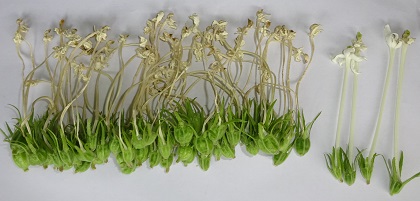
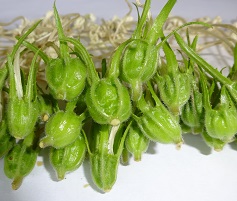
Starting a few months back, I have been removing the unripe green capsules on all the plants regularly to control its spread. This is the only plant so far that adapted relatively well without much care in my small potted garden. They enjoy a few hours of sunlight each day in the morning. Those housed in the shade with no sunlight exposure do not do as well and are easily overshadowed by other plants such as Andrographis paniculata (King of Bitters), a permanent resident in my potted garden.
The most distinctive feature of this herb is its long white flower; which is very much longer than most flowers. The length of the flowers in my pots is quite consistent at around 10-11 cm, with a full-bloom flower, except in occasions when the plants are attacked by foreign agents that resulted in deformity of some plant parts, including the flower. In such instances, the flowers are usually much shorter.
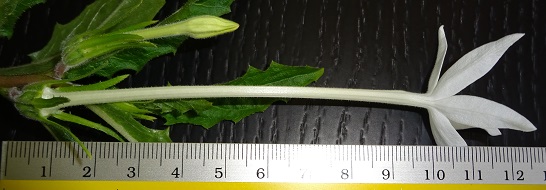
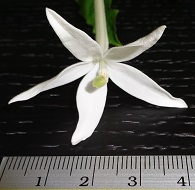
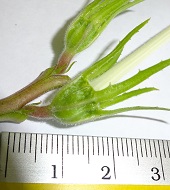
This herb is believed to be a native of West Indies or more specifically Jamaica which subsequently become naturalised across many countries. Its Chinese name is "ma zui cao" (马醉草), literally translated as "horse drunk grass" which I assume it means to say that a horse will exhibit a drunkard behaviour after it consumes this herb.
I quite like this herb because of its prominent long white flowers that bloom frequently and the ease of growing it although others may treat it as an invasive or a poisonous plant. This herb is unlikely to thrive in the wild in Singapore if left alone as it will be easily overshadowed by much faster growing plants that are abundant in this tropical sunny nation.